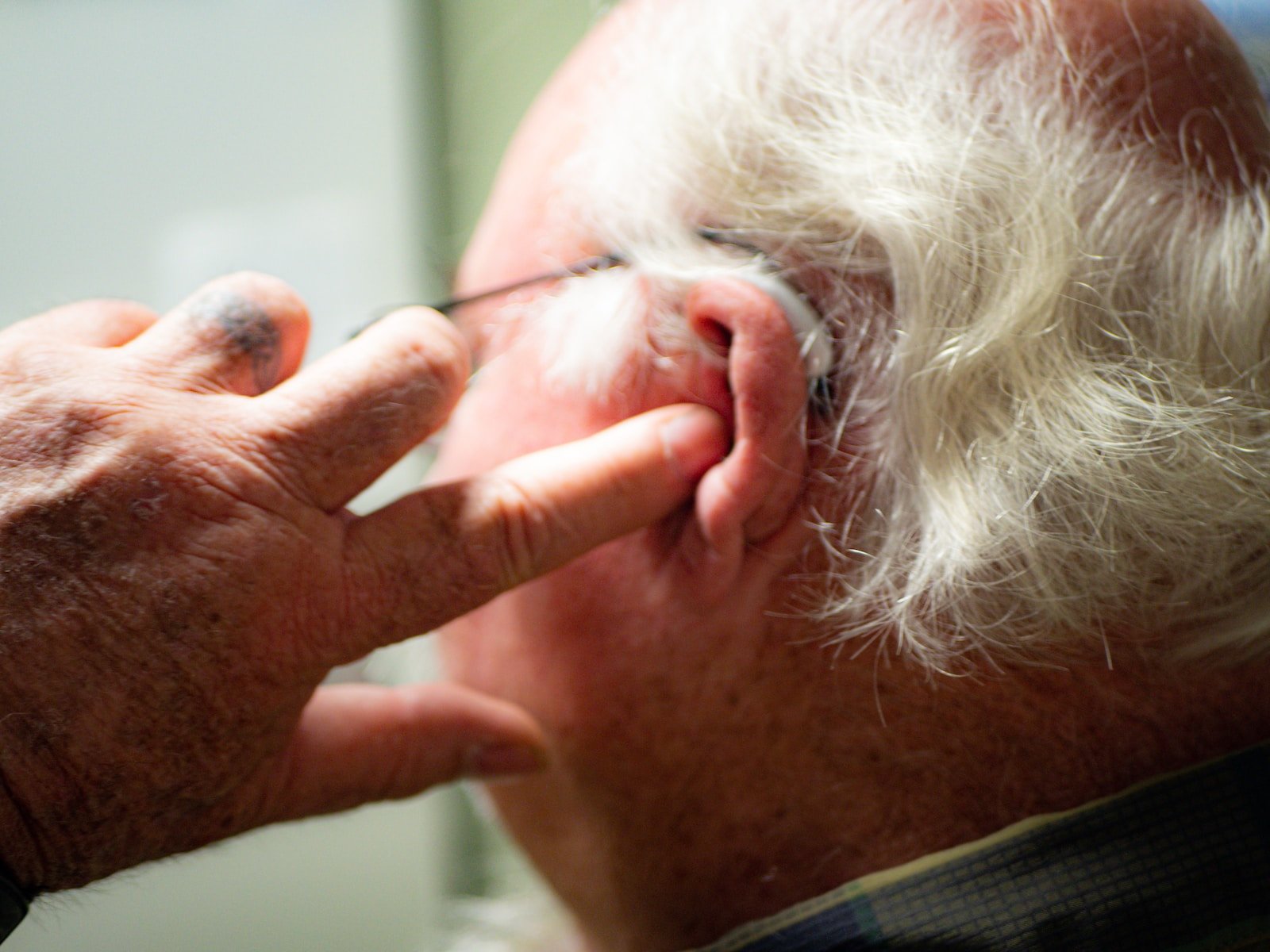
Ear wax removal is a specialised field that requires skilled professionals to safely and effectively remove earwax buildup using various tools and techniques. Entry-level jobs in this field offer an excellent opportunity for individuals interested in healthcare, audiology, and assisting patients with their ear health.
In this article, we will explore the importance of ear wax removal, the skills and qualifications required for entry-level positions, training programs, and potential career paths within this unique field of healthcare.
Earwax, also known as cerumen, is a natural substance produced by the ear’s glands to protect the ear canal from dust, debris, and bacteria. However, excessive buildup of earwax can lead to discomfort, hearing loss, tinnitus and other ear-related issues. Ear wax removal plays a critical role in maintaining healthy ear hygiene and preventing potential complications.
By removing excess earwax, trained professionals ensure that patients can hear clearly, alleviate discomfort caused by blockages, and reduce the risk of infections or other complications. As an entry-level professional in this field, you will contribute to the overall well-being of individuals by providing effective earwax removal services.
Earwax buildup can occur due to various factors, such as the use of hearing aids, earplug usage, or even the natural production of excessive cerumen. It is important for professionals in ear wax removal to understand the reasons behind earwax accumulation in order to provide the most appropriate and effective treatment.
During the removal process, it is essential to be gentle and cautious to avoid any damage to the delicate structures of the ear canal. Professionals must use specialised tools and techniques to ensure the safe and efficient removal of earwax. By doing so, they help patients regain their hearing abilities and prevent further complications.
To pursue a career in ear wax removal, certain skills and qualifications are necessary. While specific requirements may vary depending on the employer and the region, here are some essential skills and qualifications for entry-level jobs:
In addition to these skills and qualifications, it is also important for professionals in this field to stay updated with the latest advancements in ear healthcare and audiology. Continuous learning and professional development are crucial to providing the best possible care to patients.
To gain the necessary skills and knowledge, enrolling in a training program specific to ear wax removal is highly recommended. These programs provide comprehensive training on the different techniques, tools, and safety protocols associated with the field.
When selecting a training program, ensure that it is recognised by reputable organisations or associations in the audiology or healthcare industry. Look for programs that offer hands-on practical training and include theoretical knowledge to help you develop a well-rounded skill set.
During the training program, you will learn about the various tools and instruments used in ear wax removal, such as curettes, forceps, suction devices, or irrigation systems. You will also gain hands-on experience through supervised practice, allowing you to develop the necessary skills and confidence to perform the procedure effectively.
In addition to technical skills, training programs may also cover topics such as patient communication, infection control, and safety protocols. These areas are crucial for providing a safe and comfortable environment for patients during the earwax removal process.
Entry-level positions in ear wax removal can serve as a stepping stone for various career paths within the field of audiology and ear healthcare. Here are some potential career paths that you can explore as you gain experience and expertise:
Entry-level jobs in ear wax removal offer an exciting opportunity for individuals interested in the healthcare industry and ear health. By acquiring the necessary skills, qualifications, and training, you can embark on a fulfilling career path that contributes to improving individuals’ ear health and overall well-being.
Remember, a career in ear wax removal requires continuous learning and staying up-to-date with the latest advancements in audiology and ear healthcare. With dedication and passion, you can make a meaningful difference in the lives of patients while enjoying a rewarding professional journey.
On many occasions after providing a full hearing assessment I get asked the question “can…
Microsuction is a safe and effective method for removing earwax and debris from the ear…
Ear wax, also known as cerumen, is a substance that is naturally produced by our…
Ear wax, or cerumen, is a natural substance produced by the ear canal to protect…
Cleaning our ears is an important part of our personal hygiene routine. It not only…
Earwax, also known as cerumen, is a natural substance produced by the ear canal to…
This website uses cookies.